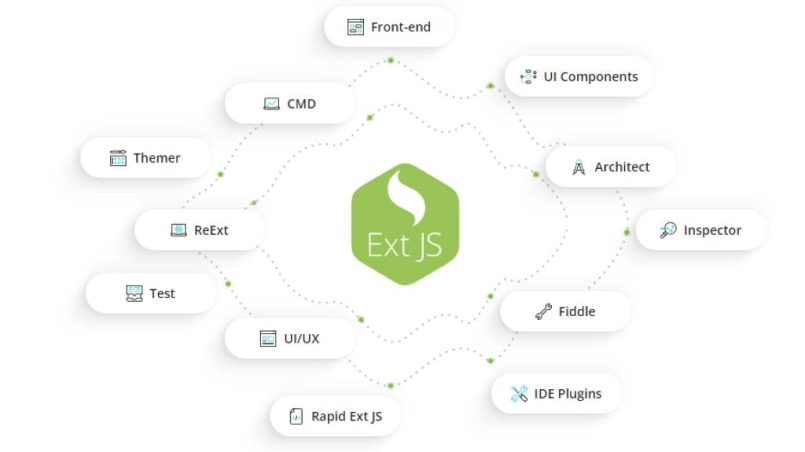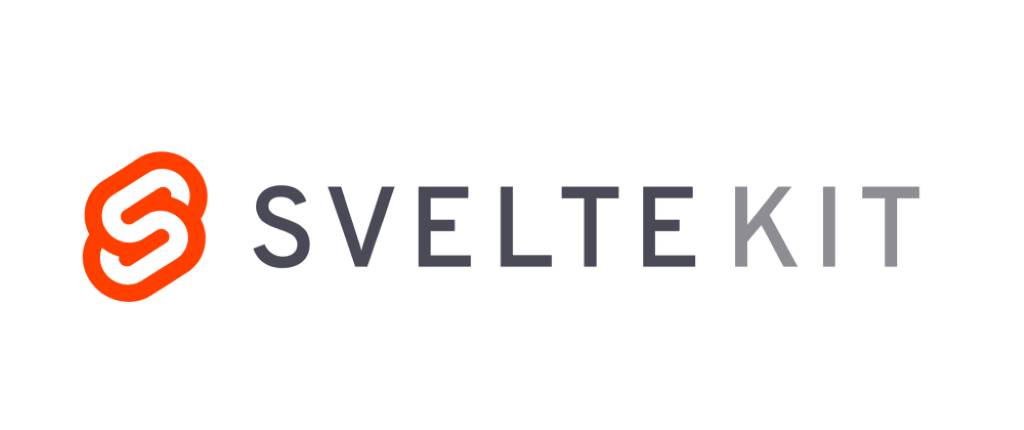In the fast-paced world of web development, scalability is not just a nice-to-have—it’s a necessity. As businesses grow and user demands evolve, developers need robust, flexible, and high-performing frameworks to build applications that scale seamlessly. In 2025, JavaScript continues to dominate the web development landscape, but the question remains: which JavaScript frameworks are best suited for building scalable web applications today?
This article dives deep into the top JavaScript frameworks in 2025, comparing their strengths, use cases, performance metrics, and ecosystem health to help you choose the right tool for your next big project.
Why Scalability Matters in Web Applications
Before diving into the frameworks, let’s establish what makes scalability such a critical factor:
- User Growth: As your user base increases, your application must handle more traffic without degrading performance.
- Feature Expansion: Scalable architectures allow for the easy addition of new features and modules.
- Maintainability: Scalable codebases are easier to maintain, test, and deploy across large teams.
With these demands in mind, the right JavaScript framework can make or break your ability to scale effectively.
1. React.js: The Ever-Evolving Giant
✅ Best for: Complex front-end interfaces and large-scale enterprise applications
React.js, developed and maintained by Meta (formerly Facebook), continues to be a top choice for scalable applications in 2025. React’s component-based architecture allows developers to build reusable UI components, making it easier to manage complex front-end systems.
🔍 Key Features:
- Virtual DOM for high-speed rendering
- Concurrent Mode for better UX in high-load environments
- Server Components (2025-ready) for more efficient server-side rendering (SSR)
- Strong ecosystem including Redux, Next.js, and Recoil
🚀 Scalability Strengths: - Modular structure supports large teams and codebases
- Excellent community support and tooling
- Compatible with micro-frontend architecture
📈 SEO Keywords: React 2025, scalable front-end, enterprise JavaScript framework
2. Next.js: Full-Stack Capabilities Built on React
✅ Best for: Full-stack JavaScript applications with a focus on SEO and SSR
While technically a framework built on top of React, Next.js deserves its own spotlight in 2025. It offers out-of-the-box features that address scalability and performance, especially for production-grade applications.
🔍 Key Features:
- Hybrid Static & Server Rendering
- Edge Functions for real-time performance
- Incremental Static Regeneration (ISR)
- API routes for server-side logic
🚀 Scalability Strengths: - Great for both monolithic and microservices architecture
- Automatic code splitting
- Integrated image and font optimization
3. Vue.js 4: Progressive and Developer-Friendly
✅ Best for: Progressive web apps, single-page applications, and startups
Vue.js has steadily grown into a powerful framework without sacrificing simplicity. Vue 4 (launched in late 2024) brings enhancements in reactivity, performance, and tooling, making it even more suitable for scalable applications.
🔍 Key Features:
- Composition API for better state management
- Single File Components (SFCs)
- Improved Tree-Shaking and build-time optimizations
- Native TypeScript support
🚀 Scalability Strengths: - Smaller learning curve than React or Angular
- Scales well for both small and large applications
- Rich ecosystem (Vuex, Pinia, Nuxt.js)
4. SvelteKit: A New Paradigm for Performance and Simplicity
✅ Best for: Lightweight apps that prioritize performance and fast loading times
SvelteKit is the full-stack application framework built on Svelte, a compiler-based UI framework. Unlike React or Vue, Svelte shifts much of the work to compile time, resulting in faster runtime performance.
🔍 Key Features:
- Zero client-side JavaScript by default
- Built-in routing and SSR
- Enhanced file-based routing
- Direct integration with Vite and Rollup
🚀 Scalability Strengths: - Lean bundle sizes reduce bandwidth and server strain
- Excellent for edge computing and Jamstack architectures
- Easier to debug and maintain due to cleaner code
5. Angular 17: Enterprise-Grade Stability
✅ Best for: Enterprise web apps with strict architecture and tooling needs
Angular, maintained by Google, has continued evolving to meet enterprise needs. Angular 17, released earlier in 2025, introduces better build performance and improved standalone components.
🔍 Key Features:
- RxJS for reactive programming
- Standalone APIs to reduce NgModules overhead
- Enhanced Zone.js alternatives
- CLI-based architecture enforcement
🚀 Scalability Strengths: - Built-in state management and routing
- Opinionated structure suits large-scale teams
- Extensive testing and debugging tools
6. Remix: Web Standards First, Performance Always
✅ Best for: Web apps that prioritize performance, accessibility, and SEO
Remix is quickly gaining traction in 2025 for its web standards-first philosophy. It uses native browser capabilities to simplify logic and reduce JavaScript overhead, which is ideal for scalable and maintainable applications.
🔍 Key Features:
- Data loading at the route level
- Built-in support for streaming
- Full SSR and progressive enhancement
- Deep integration with React
🚀 Scalability Strengths: - Encourages better architectural decisions through convention
- Lean builds that perform well even under heavy load
- Backed by a growing community and enterprise support
Read Also:
- How to Accept a Friend on Snapchat Without Receiving a Notification: A Complete Guide
- How Can Malware Be Distributed?
- Dominate Social Media: the Ultimate Guide to Instagram Scheduling
Honorable Mentions
🛠️ Astro
Best for content-heavy websites with partial hydration. Great for blogs, marketing sites, and documentation platforms.
🛠️ Qwik
Innovative “resumable” framework focused on ultra-fast loading times through fine-grained lazy loading.
How to Choose the Right JavaScript Framework for Your Project
Choosing the right framework depends on several key factors:
| Factor | Considerations |
|---|---|
| Team Experience | Stick with frameworks your team is familiar with unless you’re willing to invest in training |
| App Type | SPA, PWA, SSR, static site, or enterprise-grade application? |
| Performance Needs | Prioritize SvelteKit or Qwik for ultra-fast apps; Angular or Next.js for robust features |
| Community & Ecosystem | Larger ecosystems (React, Vue) mean more libraries, plugins, and support |
| Maintainability | Look for modularity, testing tools, and clean architecture |
Future Trends in Scalable JavaScript Development (2025 and Beyond)
Here are a few trends shaping the future of scalable JS applications:
- Edge computing integration with frameworks like Next.js and Remix
- TypeScript-first development as a standard practice
- AI-assisted development tools integrated into IDEs
- Micro-frontends and serverless architecture adoption
- Streaming SSR and partial hydration for performance boosts
Final Thoughts
In 2025, web scalability is not about using the most hyped tool—it’s about choosing the right framework that aligns with your architecture, team skillset, and business goals. Whether you’re building an enterprise-grade dashboard, a high-performance eCommerce site, or a lean single-page application, today’s JavaScript frameworks offer a rich toolkit to help you scale smartly.
Ready to scale your next web application? Whether you’re a solo developer, part of a startup, or managing an enterprise team, choosing the right JavaScript framework can accelerate your success. Subscribe to our newsletter for in-depth tutorials, framework comparisons, and insider tips on building scalable web apps in 2025 and beyond!
FAQs
❓ What is the most scalable JavaScript framework in 2025?
While many are scalable, React (with Next.js) and Angular are top choices for enterprise scalability, while SvelteKit and Remix are ideal for performance-focused apps.
❓ Should I learn React or Vue in 2025?
Both are excellent. React has a larger ecosystem and job market, while Vue 4 offers a more beginner-friendly experience with high scalability.
❓ Is Svelte ready for large applications?
Yes. With SvelteKit, Svelte is now a powerful option for building production-ready, scalable web apps.
❓ What’s better for SEO: Next.js or Remix?
Both excel at SEO thanks to SSR capabilities, but Remix offers better default performance with progressive enhancement strategies.



